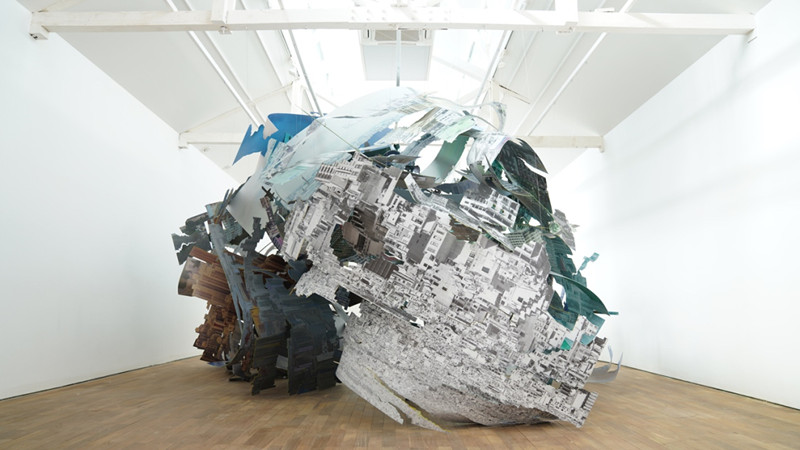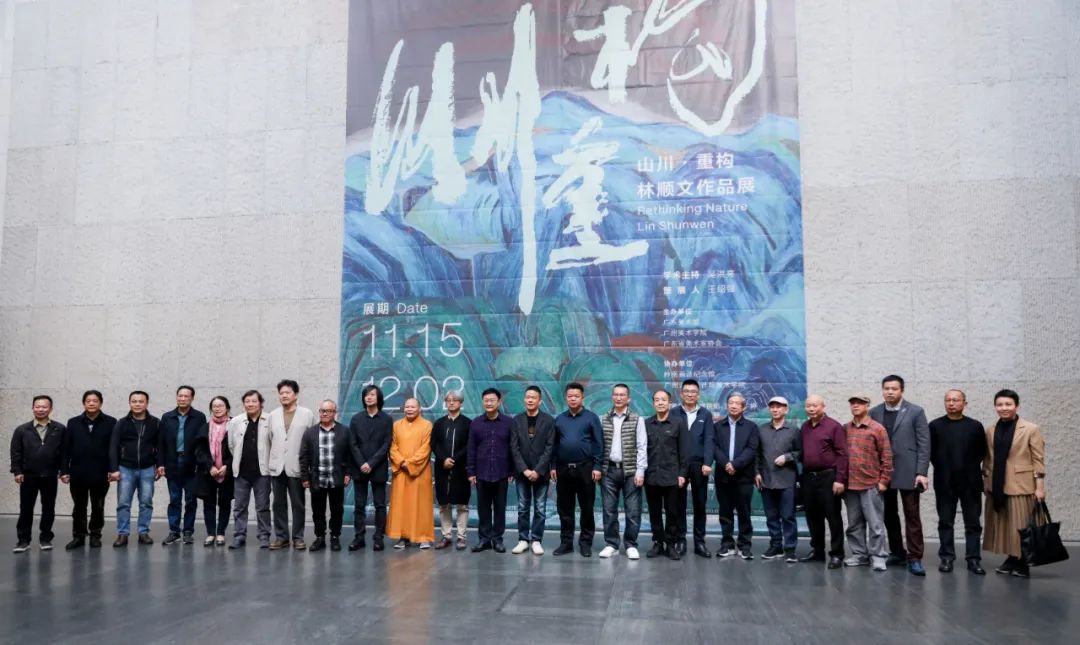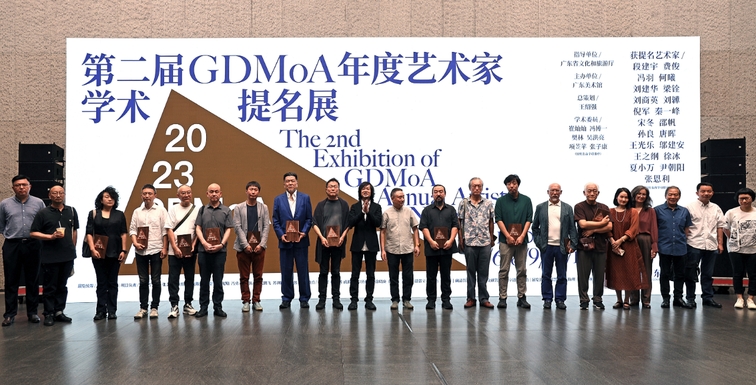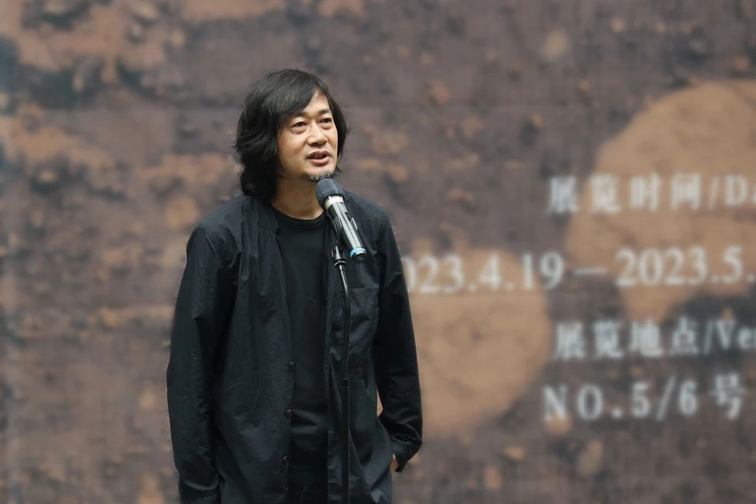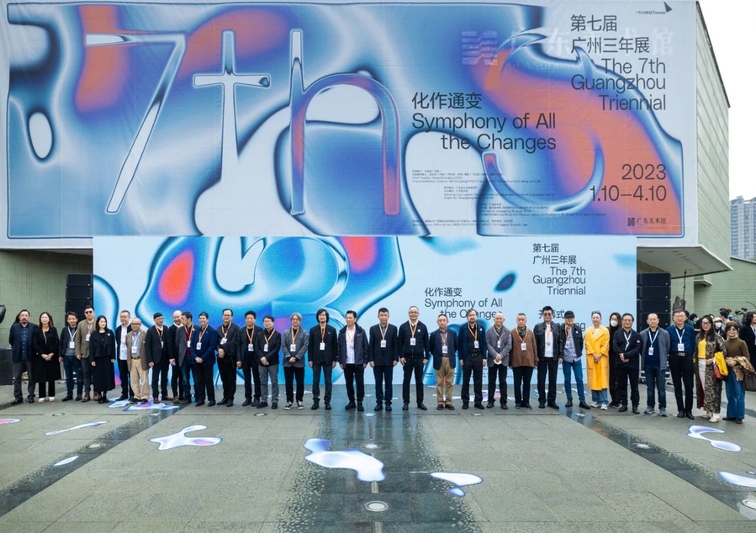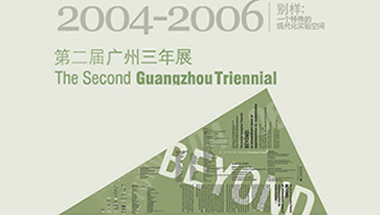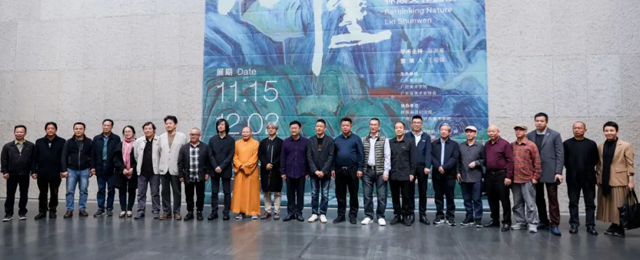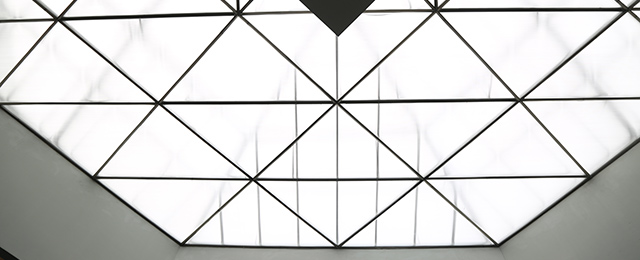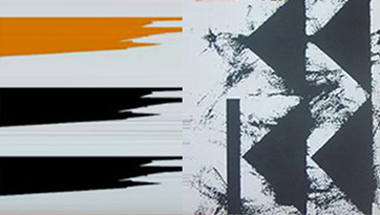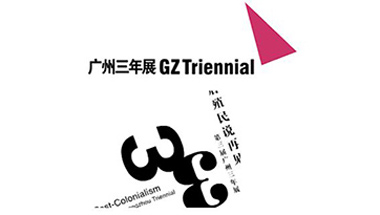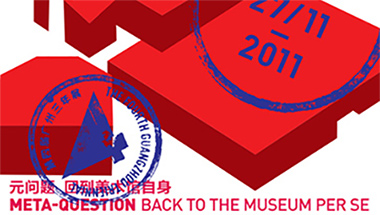缪晓春——超越时空的摄影家
录入时间: 2007-06-07
缪晓春的思维习惯中总是包含了丰富的历史想像,而这种历史与现实的语境转换也一直是他思考问题的重要方式。他试图以新技术重新创造规则,把人类以往经典的文化遗产带入当代艺术的全新语境。他极富现代感的摄影作品中体现出对历史与现世开拓性的联结,他惊人的创造力为倡导领悟非凡的马爹利所推崇,从而成为 2007年度的“马爹利非凡艺术人物”。
在缪晓春1999年之后的作品中,他有意识地在一个西方或中国的现实场景置入了一个以自己形象为原型的古人雕像,从他在德国卡塞尔美术学院留学时拍摄的西方各种公共空间或私人场所的图片到回国后带着对中国现实深刻的思考和默默的观察留下的影像中,都有这位始终不变带着肃穆神色的古代文人幽灵般的身影。这个中国古代文人的雕像是缪晓春按照自己的形象翻制的,意在借这个虚构的自我的躯壳来观察世界,人为地建立并呈现一种“他”与周围世界的对立,矛盾甚至是冲突。让人产生传统文化和价值观与这个错乱的现实世界和谐共处可能性的思考。这使观察者不但以拍摄者的角度、观众自己的角度去观察该场景,更以某种文化和历史的观点去重新看待眼前的一切,在90年代以来的观念摄影中别具一格。
而在缪晓春2003年之后拍摄的一系列反映都市化的巨幅摄影中,场面宏大,人物众多,结构复杂,在较为深刻的层次上反映了我们这个时代的激烈变革。作品更以大画幅底片精确记录现实细节的能力,及后期精良的数码创作技术而为人称道。
在2006年创作的以3D技术置换《最后审判》的作品中,缪晓春用3D技术将二维的画面成功地转换为三维的场景,在改变了传统的看画方式的同时也给艺术史上的一件名作带来了全新的诠释及意义。这幅作品在国内外颇受好评,在通往未来艺术新的可能性的尝试中迈出了极具意义的一步。
缪晓春认为对于客观世界的真实纪录不仅仅是由拍摄者自己主观选择按下快门的那一瞬间,他认为真正意义上的真实记录应该是每一秒种、每个场景、全方位都在拍,都在记录,甚至包括现场的各种气味,所以真实的客观是不可能而无意义的。传统的摄影和数码摄影一样都是一种拍摄者对客观世界的主观选择。而选择用数码摄影拍摄并经过电脑修饰来呈现场景和人物只是主观行为的另一种方式。传统摄影与数码摄影的关系应该只是一个量而不是质的问题,是比较主观或比较客观而已,甚至用数码手段做过的照片会更接近真正意义上的真实,他会呈现一种时间的流逝,或者有更深邃的空间感。缪晓春的作品为我们提供了一种直观而别具一格的视角,促成了过去与现在的超越时空的对话。
Miao Xiaochun-- A Photographer Who Transcends Space
There are plenty of historical phenomena wrapped up in the thinking patterns of Miao Xiaochun, the transformation of historical and realistic contexts is an important method that he uses to considering issues. In his attempts at using new technology to define new rules for creativity, he drags traces of former classical culture into the context of contemporary culture. He works in contemporary photography to pioneer connections between history and the modern world, and his startling creativity raised the standards for the Martell artist awards thus he is appreciated here as the “Martell Artist of the Year 2007.”
In Miao Xiaochun’s works after 1999, he consciously places his own digitally incarnated image as a classical sculpture in Chinese or Western environments. Through filming various public and private spaces while in Kassel, Germany studying abroad he was left with profound insight and thoughts on a Chinese reality, these traces remain like the shadow of ancient writers with their phantom-like presence and their profound thoughts. The sculpture of the ancient classical literati is a reproduction of his likeness, the meaning lies in his virtual body and ego that observe the world, man has created an “other” to be in diametrical opposition to the world, this contradiction is sometimes even a conflict. It gives people a traditional sense of worth amidst the disorder of the world and a way to ponder how man can peacefully co-exist with others, thus making viewers see not only from the perspective of the photographer, but from a personal angle examine their own environment, even giving a fresh look at cultural and historical perspectives of different cultures, a distinctive style of the 90s.
Miao Xiaochun’s large-scale photography after 2003 reflects urbanization, Miao used 3D technology and the canvases are enormous, the persons on the canvas are countless and the composition is complex, at a more profound level it reflects the fierce changes of the era. His large negatives have the ability to accurately record the finest details of reality, and the post-developing by digital technology augmentation adds a commendable creative dynamism.
In 2006, in his 3D technology permutation work “Last Judgment in Cyberspace,” Miao Xiaochun successfully uses 3D technology to create upon a two-dimensional canvas a seemingly 3D canvas, concurrently changing the traditional way of viewing paintings and giving the world of art history a completely new interpretation and significance. The work received positive reviews both on the Mainland and overseas, both as opening up new potential for art as he experimented with new possibilities and taking a step forward into new potential spheres.
Miao Xiaochun believes that objectively recording reality happens not only through him personally subjective choosing the moment that his shutter snaps, he thinks that reality can only be recorded every second, through every scene, and every dimension, including the smells of the place. Real objectivity is impossible and meaningless. Traditional photography and digital photography are both means a photographer can subjectively choose to face an objective world. Moreover, choosing digital photography and manipulating it through the computer is another subjective way to demonstrate a scene and its people. The relationship between traditional photography and digital photography is a question of quantity, and not quality, objective vs. subjective, to the point that using altered digital methods to produce photography is almost a closer way to reach a more meaningful reality, it can demonstrate an elapse in time, or a more profound space. Miao Xiaochun brings us a kind of direct view and has a unique angle, facilitating a dialogue between the past and the future transcendence of space.
开放时间:每周二至周日9:00-17:00(逢周一闭馆)
每日16:30停止入场
地址:广东省广州市越秀区二沙岛烟雨路38号
咨询电话:020-87351468
预约观展:
-
广州影像三年展2025即将启幕,本次展览以“感知生态学”为主题,探索数字时代...

